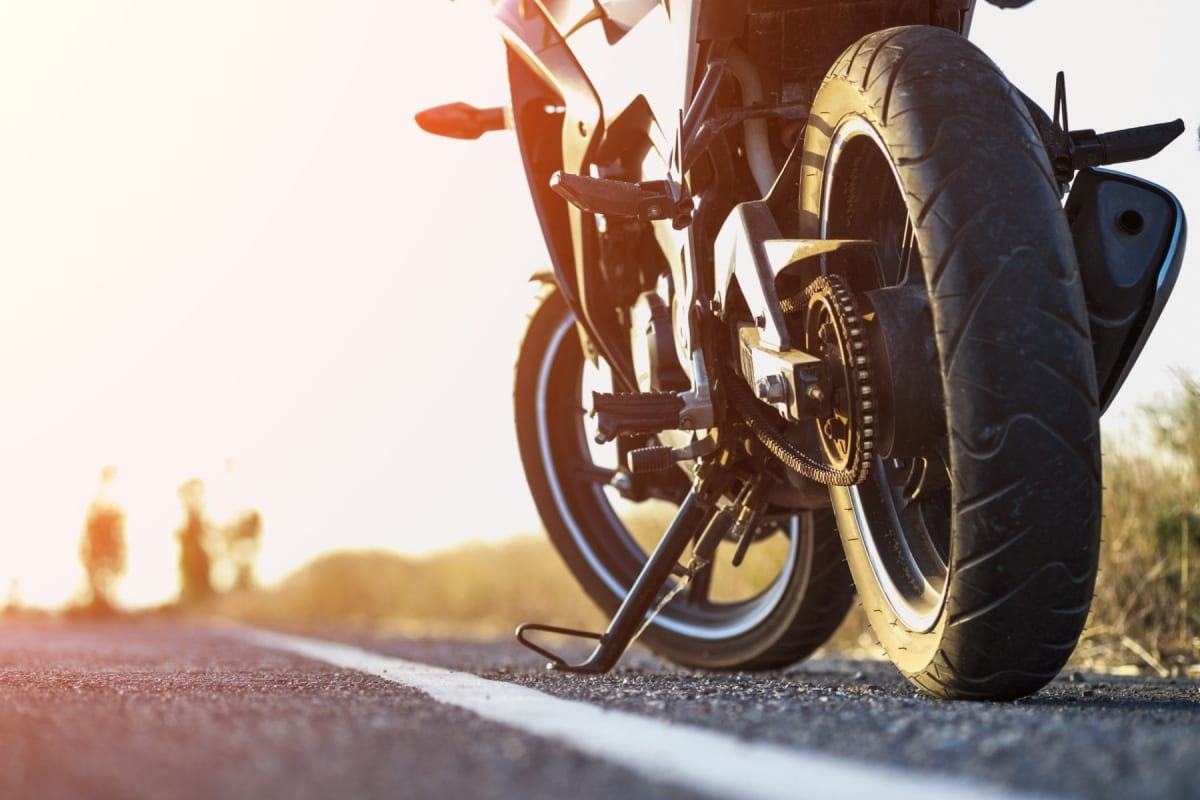If Chuck Berry knew about the planned 2018 release of the ISO 26262 Second Edition standard, he may have included motorcycles in No Particular Place to Go. Then again, maybe not.
Those of us who have read through the September 2016 draft of the Second Edition have noticed a number of significant changes in the Scope of the ISO 26262 standard. One particular change is the removal of, “…passenger cars with a maximum gross vehicle mass up to 3500 kg”, with the replacement of, “…road vehicles, excluding mopeds” [1]. Not only will this functional safety standard include trucks and buses, but it will also include two- and three-wheeled motorcycles up to 800 kg, excluding mopeds.
The motorcycle industry has recognized the need to develop E/E systems in a safe way, and therefore have adapted the scope of ISO 26262:2011 [1]. Notwithstanding, we must realize there are differences between motorcycles and automobiles. Even the National Highway Traffic Safety Administration (NHTSA) recognizes these differences, and therefore has developed either unique Federal Motor Vehicle Safety Standards (FMVSS) or has reduced the scope of FMVSS for motorcycles [2]. Due to these differences, there are necessary modifications to certain requirements and methods of ISO 26262:2011 to adapt to the state-of-the-art for motorcycle functional safety.
Notable modifications include those made to the Hazard Analysis and Risk Assessment (HARA). One reason for differing from the automobile HARA is that the motorcycle industry traditionally depends additionally on external measures for overall risk reduction, e.g., helmets, personal protective equipment, specialized training and licenses, etc. Another reason is linked to the term, unreasonable risk. Unreasonable risk is defined as, “risk judged to be unacceptable in a certain context according to valid societal moral concepts” [3]. Society’s tolerance for fatalities in commercial aircraft, as an example, differs greatly from automobiles or motorcycles. Although in 2015 in the U.S. there are over four times more fatalities yearly in passenger vehicles (22,441) in comparison to motorcycles (4976) [4], per miles driven/ridden there is a 27 times higher probability of a motorcycle fatality than all other road vehicles [5]. Therefore there is a known greater risk for motorcycle riders versus passenger vehicle occupants. The output of the motorcycle HARA is the Motorcycle Safety Integrity Level (MSIL). The approach and method for the automobile and motorcycle HARAs are the same, however, there is an alignment between the MSIL and ASIL. This alignment, for example, maps MSIL D to an ASIL C, which is the most stringent level for the motorcycle industry.
The mapping of MSIL to ASIL then allows the motorcycle industry to develop according to the aligned ASIL in all parts, with only some minor differences. One such difference is the re-classification of confirmation measures for the motorcycle industry. The highest level of independence required is an I2 (confirmation measure performed by a person from a different team) as opposed to an I3 (confirmation measure performed by a different organization) in the automobile industry. This also means that assessments and audits are only required for MSIL D (ASIL C) with the level of independence being I2. Other tailoring activities for the motorcycle industry include vehicle integration testing and safety validation.
- ISO/DIS 26262:2016, Road vehicles – Functional safety –, Draft, September, 2016.
- NHTSA Laws & Regulations
- ISO 26262-1:2011, Road vehicles – Functional Safety – Part 1: Vocabulary
- NHTSA Traffic Safety Facts
- NHTSA Road Safety:Motorcycles

